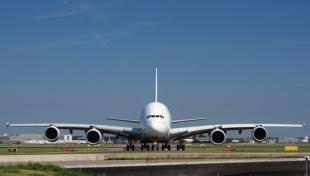The new technologies will revolutionise the measurement of gaseous and particulate combustion species and provide spatially and temporally resolved maps of strategic high-priority species such as soot, CO2, CO, water and NO. The instrumentation systems developed by Strathclyde, Edinburgh and Manchester Universities will be installed on combustion research rigs at NCCAT (Loughborough) and LCCC (Sheffield) for experimental GTE research in this programme and far into the future. The instrumentation development programme focuses on tuneable diode laser spectroscopy (TDLS) as the primary measurement technique for gaseous species, laser-induced incandescence (LII) for soot, multiple beam TDLS for tomographic species imaging and beam scanning for soot imaging. Southampton University is developing the new near-infrared (NIR) and mid-infrared (MIR) technology required for light amplification and delivery. An introduction to the various technologies targeted is provided below.
Monday, December 18, 2023 - 11:45



